Home>Interior Design>What Should I Look For When Buying A Range Oven? 7 Expert Tips
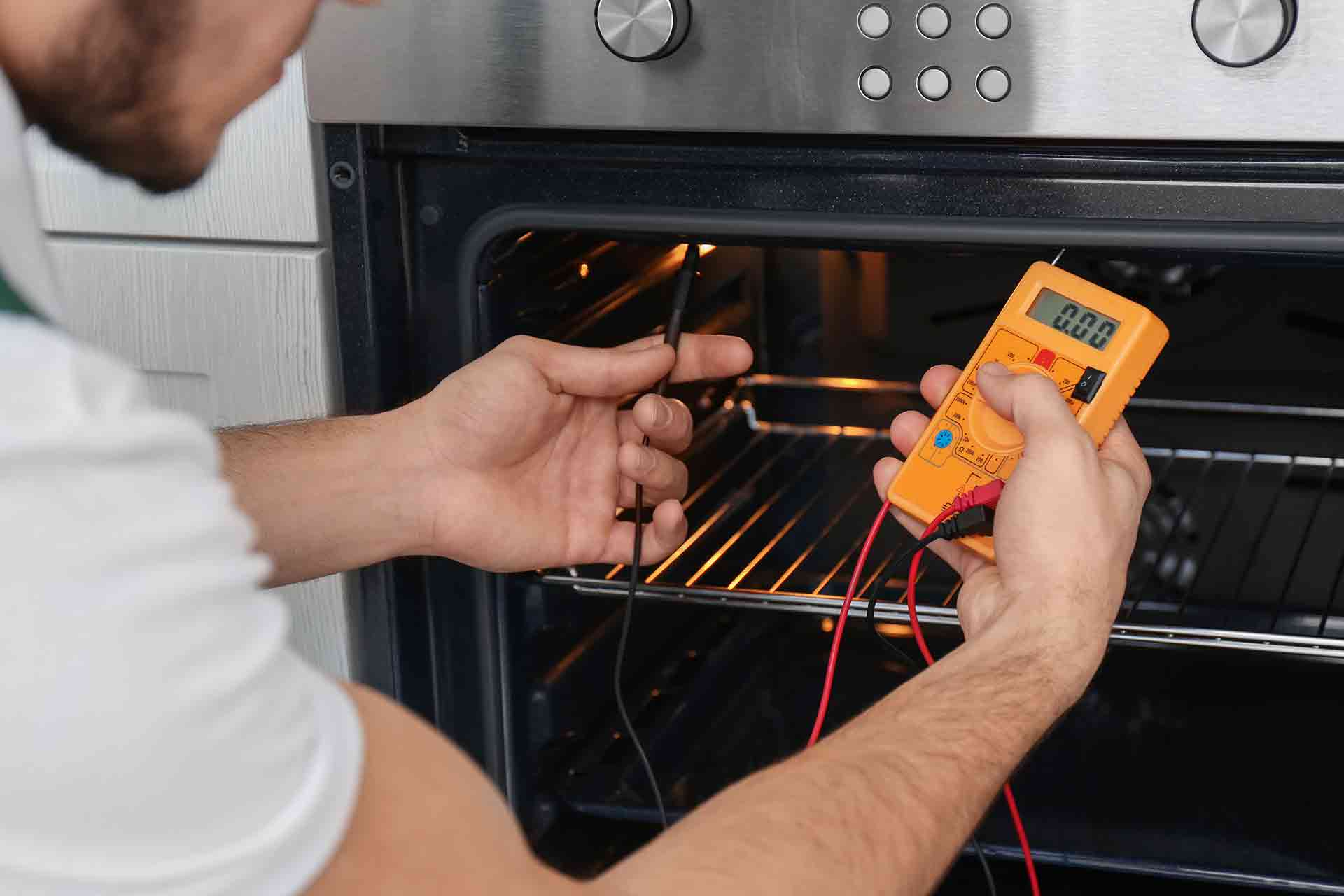

Interior Design
What Should I Look For When Buying A Range Oven? 7 Expert Tips
Modified: January 19, 2024
Looking to buy a range oven for your interior design? Get expert tips on what to look for when purchasing the perfect range oven.
(Many of the links in this article redirect to a specific reviewed product. Your purchase of these products through affiliate links helps to generate commission for Storables.com, at no extra cost. Learn more)
Introduction
When it comes to choosing a range oven, it’s important to consider several factors to ensure you’re making the right decision. A range oven is a significant investment in your kitchen, so you want to make sure it meets your cooking needs and preferences. Whether you’re a professional chef or a home cook, having the right range oven can greatly enhance your cooking experience.
In this article, we’ll provide you with seven expert tips to consider when buying a range oven. From size and capacity to fuel type and burner configuration, we’ll cover all the essential aspects that you should keep in mind. By following these tips, you’ll be able to make an informed decision and choose a range oven that suits your cooking style and fits seamlessly into your kitchen.
So, let’s dive into the details and discover what you should look for when buying a range oven.
Key Takeaways:
- Size, capacity, and burner configuration are crucial when buying a range oven. Consider your cooking habits and kitchen space to ensure a perfect fit for your culinary adventures.
- Choose the right fuel type, evaluate oven features, and consider cleaning and maintenance. A reliable brand and realistic budget will ensure a range oven that enhances your cooking experience.
Read more: What To Look For When Buying A Range Hood
Tip 1: Consider the Size and Capacity
One of the first things you should consider when buying a range oven is its size and capacity. This will largely depend on the size of your kitchen and the amount of cooking you do on a regular basis.
First, measure the space in your kitchen where the range oven will be placed. Make sure to consider the depth, width, and height of the available space. This will help you determine the size constraints for your range oven.
Next, think about your cooking needs. Do you often cook large meals for family gatherings or parties? If so, you’ll need a range oven with a larger capacity to accommodate multiple dishes. On the other hand, if you primarily cook for one or two people, a smaller oven might be sufficient.
Keep in mind that the interior capacity of range ovens can vary greatly. Some models have a single oven cavity, while others have two ovens, allowing you to cook multiple dishes at different temperatures simultaneously. Consider your cooking habits and decide whether a single or double oven is more suitable for your needs.
Additionally, pay attention to the size and configuration of the burners on the stovetop. If you often use large pots and pans, make sure the burners can accommodate them without overcrowding the stovetop.
By considering the size and capacity of the range oven, you can ensure that it fits perfectly in your kitchen and meets your cooking requirements.
Tip 2: Choose the Right Fuel Type
When it comes to range ovens, there are typically two main fuel options to choose from: gas and electric. Each fuel type has its own advantages and considerations, so it’s important to understand the differences before making your decision.
Gas range ovens are popular for their precise temperature control and immediate heat. They often have gas burners on the stovetop and a gas-powered oven. Gas ovens allow for more even heat distribution, making them ideal for baking and roasting. Additionally, gas is typically more cost-effective than electricity, which can result in lower energy bills.
On the other hand, electric range ovens are known for their ease of use and efficient cooking. They are powered by electricity and have electric coils or smooth-top surfaces on the stovetop. Electric ovens provide consistent heat and often come with features like convection cooking for faster and more even baking. Keep in mind that electric ovens may take longer to preheat compared to gas ovens.
Consider your cooking preferences and the availability of gas or electricity in your area. If you enjoy precise temperature control and immediate heat, a gas range oven may be the better choice. However, if you prioritize efficient cooking and convenience, an electric range oven might be more suitable.
It’s also worth noting that some range ovens offer dual fuel options, combining a gas stovetop with an electric oven. This can be a great choice for those who want the best of both worlds. However, dual fuel range ovens tend to be more expensive than single fuel options.
Ultimately, the right fuel type for your range oven will depend on your cooking preferences, energy costs, and the availability of gas or electricity in your home.
Tip 3: Evaluate the Burner Configuration
When buying a range oven, it’s crucial to evaluate the burner configuration on the stovetop. The layout and number of burners can greatly impact your cooking experience and convenience.
First, consider the number of burners you need. Most range ovens come with four to six burners, but some high-end models may have even more. Assess your cooking habits and determine how many burners you typically use at once. If you frequently cook elaborate meals or enjoy multitasking in the kitchen, having more burners can be beneficial.
Next, pay attention to the size and power of the burners. Ideally, you should have a range of burner sizes to accommodate different cookware. Look for burners with varying wattages or BTU outputs to ensure you can adjust the heat level according to your needs.
Another important aspect to consider is the configuration of the burners. Some range ovens have a standard layout, with burners evenly spaced apart, while others may offer specialized features like a centered griddle burner or a high-powered wok burner. Think about the types of dishes you frequently cook and consider if any specific burner configurations would be useful for your cooking style.
Additionally, look for burners with individual controls, allowing you to adjust the flame or heat level for each burner independently. This provides greater control over your cooking and allows for simultaneous multitasking.
Lastly, consider the material and design of the burner grates. Cast iron grates are durable and provide excellent heat retention, while stainless steel grates are easier to clean. Some range ovens even come with continuous grates that allow you to easily slide cookware across burners without lifting them.
By carefully evaluating the burner configuration, you can ensure that your range oven meets your cooking needs and provides the versatility you require in the kitchen.
Tip 4: Look for Oven Features and Functions
When purchasing a range oven, it’s essential to consider the various features and functions that the oven offers. These features can greatly enhance your cooking experience and provide added convenience in the kitchen.
One feature to look for is a convection oven. Convection ovens have a fan and an extra heating element that circulate hot air throughout the oven cavity. This results in faster and more even cooking, making them perfect for baking and roasting. Convection ovens can significantly reduce cooking time and improve the overall quality of your dishes.
Another important feature to consider is the presence of multiple oven racks with adjustable positions. This allows you to accommodate different-sized cookware and makes it easier to cook multiple dishes at once. Some range ovens even come with a glide-out rack that allows for effortless access to your food without the need to reach into the oven.
Additionally, look for oven functions such as broiling, self-cleaning, and delay start options. A broiling function can help you achieve that perfect char on your steak or melt the cheese on top of a casserole. Self-cleaning ovens make maintenance much easier by using high temperatures to burn off food residue. Delay start options allow you to set a specific time for the oven to start cooking, perfect for preparing meals in advance or having dinner ready when you get home.
Some range ovens also offer advanced features like smart technology integration. With Wi-Fi connectivity, you can control and monitor your oven remotely through a mobile app. This allows for even greater convenience and flexibility in managing your cooking while on the go.
Consider your cooking needs and preferences when evaluating the oven features and functions. Choose the ones that align with your cooking style and will make your time in the kitchen more enjoyable and efficient.
When buying a range oven, consider the size of the oven and the number of burners to ensure it meets your cooking needs. Also, look for features like convection cooking, self-cleaning options, and energy efficiency to get the most out of your purchase.
Tip 5: Consider the Cleaning and Maintenance
When purchasing a range oven, it’s important to consider the cleaning and maintenance requirements. Keeping your oven clean not only ensures its longevity but also contributes to hygienic cooking and prevents the buildup of grease and food residues.
One aspect to consider is the ease of cleaning the stovetop. Look for a range oven with sealed burner pans or removable drip trays. These features make it easier to clean up spills and prevent them from seeping into hard-to-reach areas.
For the oven cavity, self-cleaning options are a great convenience. Self-cleaning ovens use high temperatures to burn off grease and food residue, reducing the need for manual scrubbing. Some range ovens offer multiple self-cleaning modes, allowing you to choose between a quick or thorough cleaning cycle.
Another consideration is the material of the oven interior. Some ovens come with a smooth enamel finish, making it easier to wipe away spills and stains. Others have a textured finish, which may require more effort to clean. Additionally, consider the material of the oven racks. Stainless steel or coated racks are often easier to clean and resist staining and rusting.
Furthermore, pay attention to the ventilation system of the oven. Adequate ventilation helps to prevent the buildup of odors and excessive moisture. Look for range ovens with a ventilation hood or a built-in exhaust fan that effectively removes cooking odors and smoke.
Lastly, consider the availability of replacement parts and the reputation of the brand for customer service. It’s always a good idea to choose a range oven from a reputable manufacturer that can provide support and assistance if any maintenance or repairs are needed.
By considering the cleaning and maintenance requirements of a range oven, you can ensure that it remains in optimal condition and continues to provide reliable performance in the long run.
Tip 6: Evaluate the Brand and Warranty
When purchasing a range oven, it’s important to consider the brand reputation and the warranty offered. Choosing a reliable brand ensures that you’re investing in a quality product and can expect excellent performance and customer support.
Start by researching different brands and their reputation in the market. Read customer reviews and ratings to get an idea of the overall satisfaction and reliability of their range ovens. Look for brands that have a track record of producing high-quality appliances and have been in the industry for a significant amount of time.
Next, consider the warranty provided by the manufacturer. A good warranty gives you peace of mind and protects your investment. Check the duration of the warranty and what it covers. Ideally, a range oven should come with a warranty that covers both parts and labor for a reasonable period of time.
Pay attention to any additional warranty options that may be available. Some brands offer extended warranty plans that provide even more coverage and protection. Evaluate the cost and benefits of these plans to determine if they are worth considering.
Additionally, research the customer service and support provided by the brand. Look for brands that have a responsive and helpful customer service team. A quick and efficient customer service experience can make a significant difference if you ever encounter any issues with your range oven.
Remember to also consider the availability of replacement parts and the ease of obtaining them. A reputable brand should have readily available parts for their range ovens, ensuring that any repairs or maintenance can be handled quickly and efficiently.
By evaluating the brand reputation and warranty options, you can make an informed decision and choose a range oven from a trusted manufacturer that will provide reliable performance and customer support throughout its lifespan.
Tip 7: Set a Realistic Budget
Setting a realistic budget is an important consideration when buying a range oven. Range ovens come in a wide range of prices, so determining your spending limit beforehand will help you narrow down your options and make a more informed decision.
First, assess your needs and priorities. Consider how often you cook, the type of dishes you prepare, and the features that are essential for your cooking style. This will give you a better understanding of the level of functionality and performance you require from your range oven.
Next, research the price ranges of range ovens that fit your criteria. Take note of the average prices for appliances with the features you desire. This will give you a baseline for setting your budget.
While it’s important to set a realistic budget, it’s also essential to be flexible. Investing in a high-quality range oven is a long-term investment in your kitchen. Allocating a bit more budget for a reliable and efficient appliance can often yield better results in terms of performance and durability.
Consider the long-term cost savings as well. Energy-efficient range ovens may have a higher upfront cost but can save you money in the long run through reduced energy consumption.
Additionally, keep in mind that there may be deals and promotions available, especially during holiday sales or end-of-year clearance events. Keeping an eye out for discounts and special offers can help you get the best value for your budget.
Lastly, remember to factor in the cost of installation, delivery, and any additional accessories you may need. It’s important to include these costs in your overall budget to avoid any surprises.
By setting a realistic budget and considering the features, quality, and long-term cost savings, you can make a well-informed decision and find a range oven that meets both your cooking needs and your budgetary constraints.
Conclusion
Choosing the right range oven for your kitchen is a crucial decision that can greatly enhance your cooking experience. By following these expert tips, you can make an informed decision and select a range oven that suits your needs, preferences, and budget.
First, consider the size and capacity of the range oven, ensuring it fits seamlessly into your kitchen and accommodates your cooking habits. Next, evaluate the fuel type that suits your preferences and cooking style, whether it be gas, electric, or a combination of both.
Evaluate the burner configuration on the stovetop, ensuring it provides the right number and sizes of burners for your cooking needs. Consider the oven features and functions, such as convection capabilities, adjustable racks, and specialized cooking modes that enhance your culinary endeavors.
Don’t forget to think about the cleaning and maintenance requirements of the range oven, ensuring it is easy to clean and maintain for long-lasting performance. Evaluate the brand reputation, warranty options, and customer service, as these factors play a significant role in your overall ownership experience.
Lastly, set a realistic budget that takes into account your needs and priorities while being flexible to invest in a reliable and efficient range oven. Consider long-term cost savings and keep an eye out for promotions and deals that may be available.
With these expert tips in mind, you’re now equipped to find a range oven that not only meets your cooking requirements but also enhances the functionality and aesthetic appeal of your kitchen. Enjoy your culinary adventures with your new range oven!
Frequently Asked Questions about What Should I Look For When Buying A Range Oven? 7 Expert Tips
Was this page helpful?
At Storables.com, we guarantee accurate and reliable information. Our content, validated by Expert Board Contributors, is crafted following stringent Editorial Policies. We're committed to providing you with well-researched, expert-backed insights for all your informational needs.
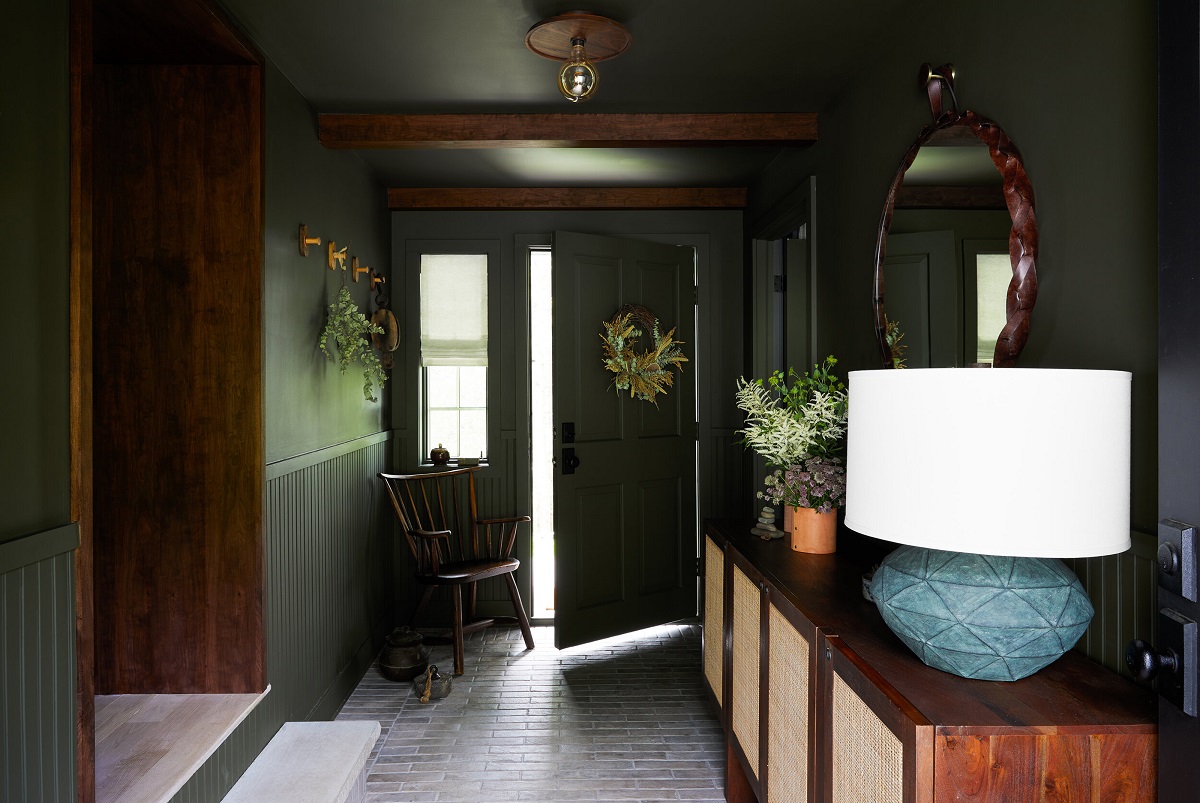
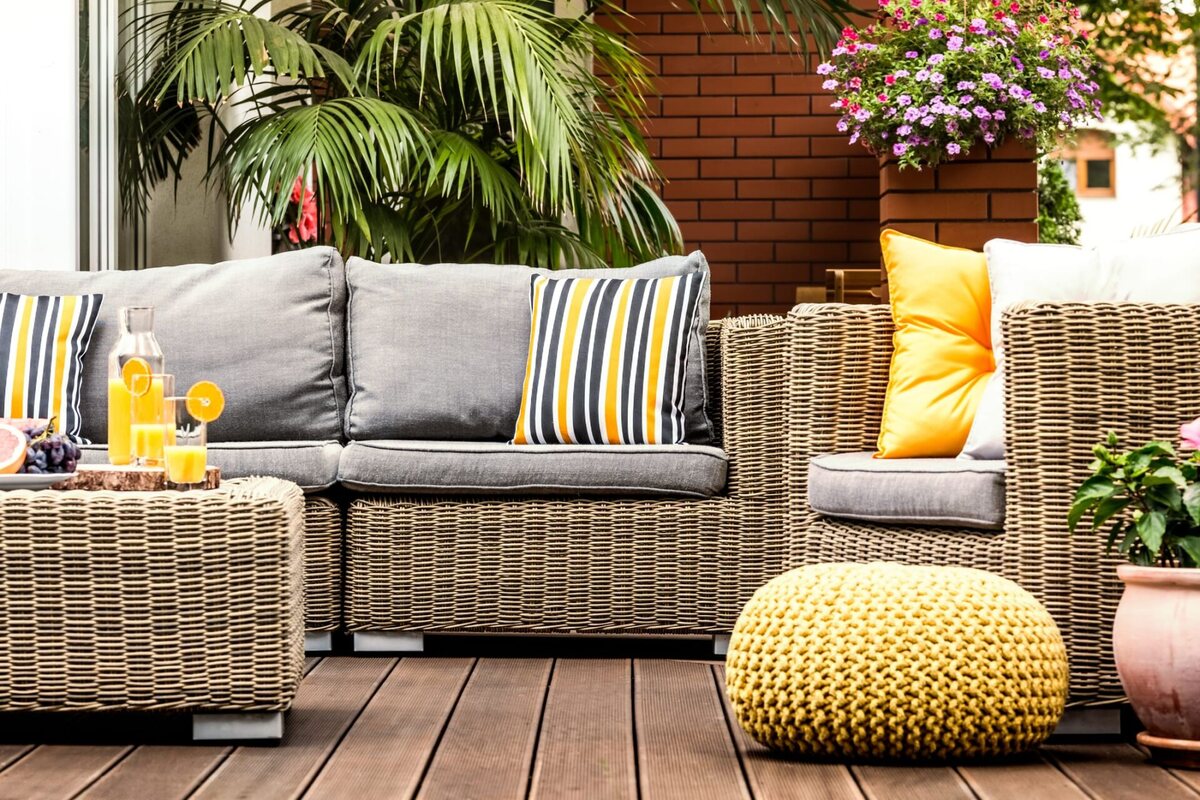
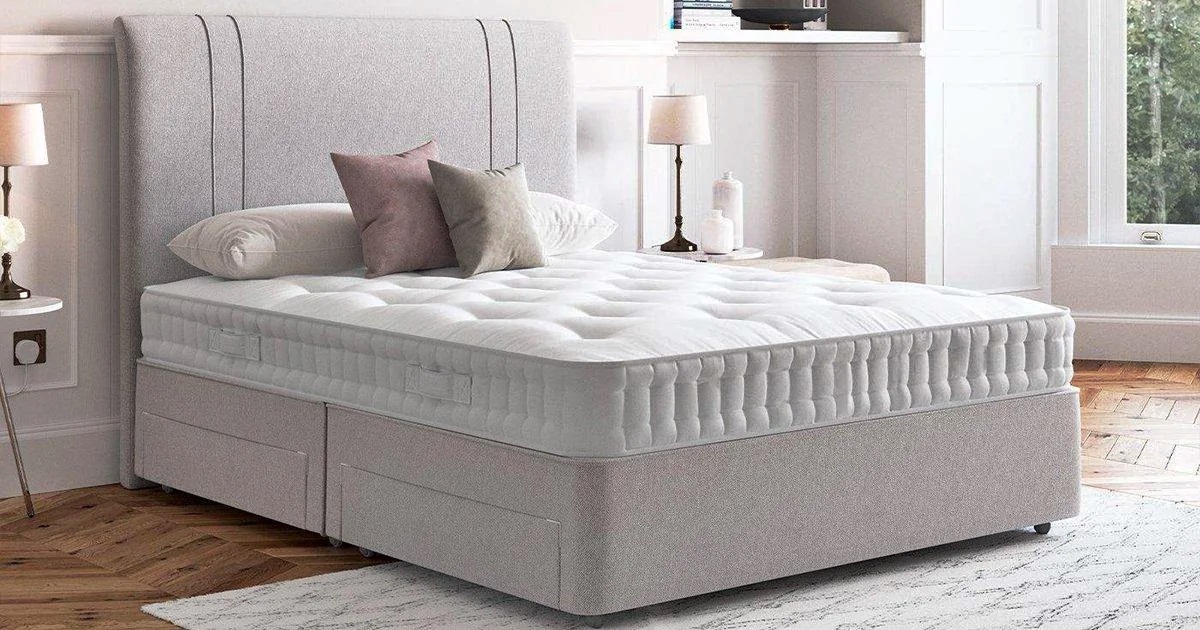
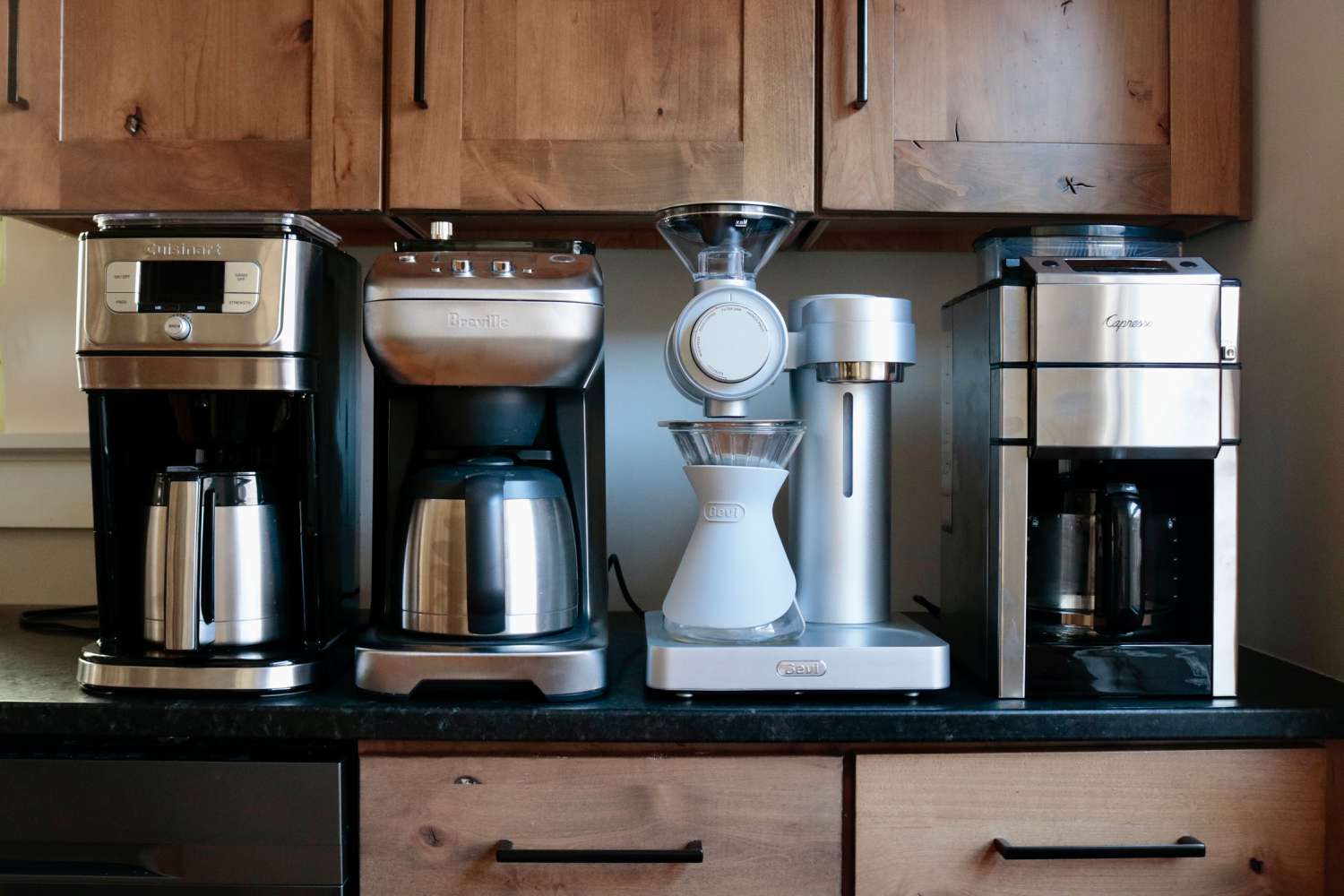
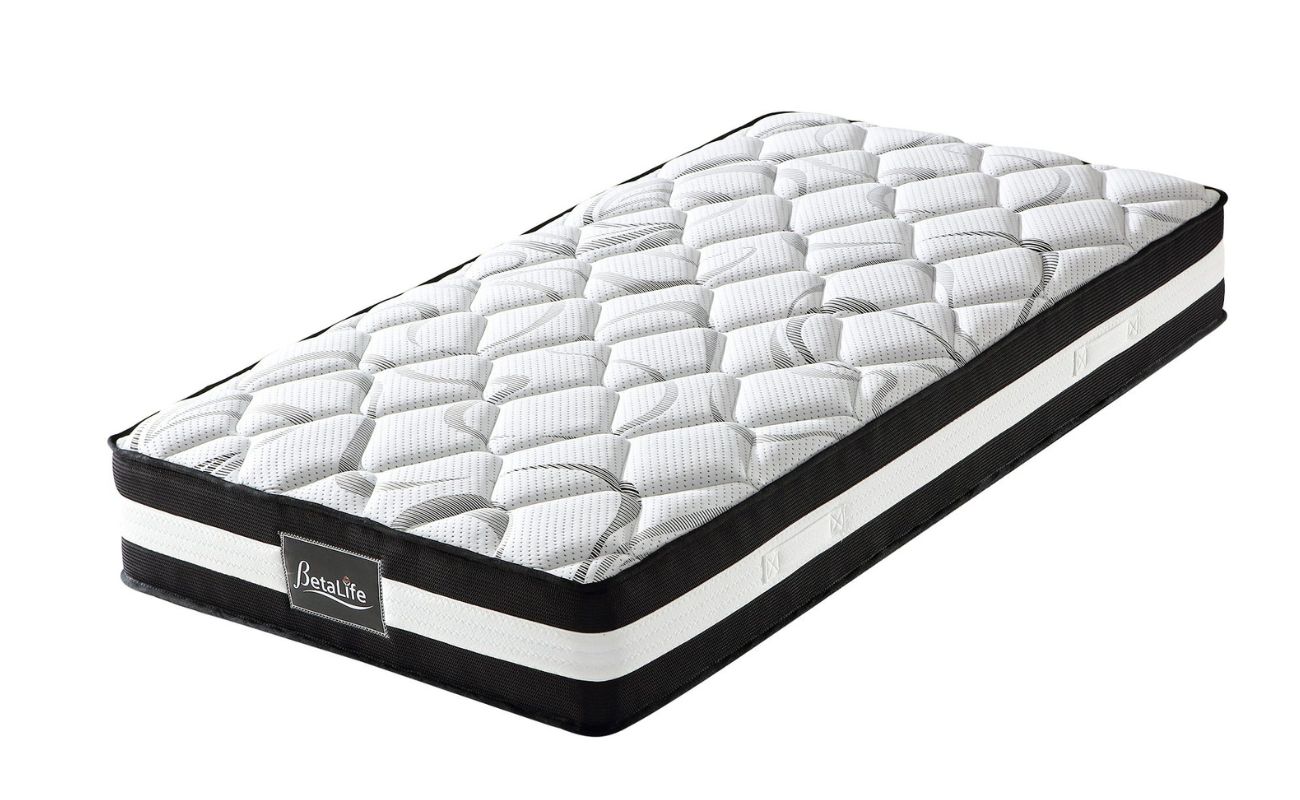
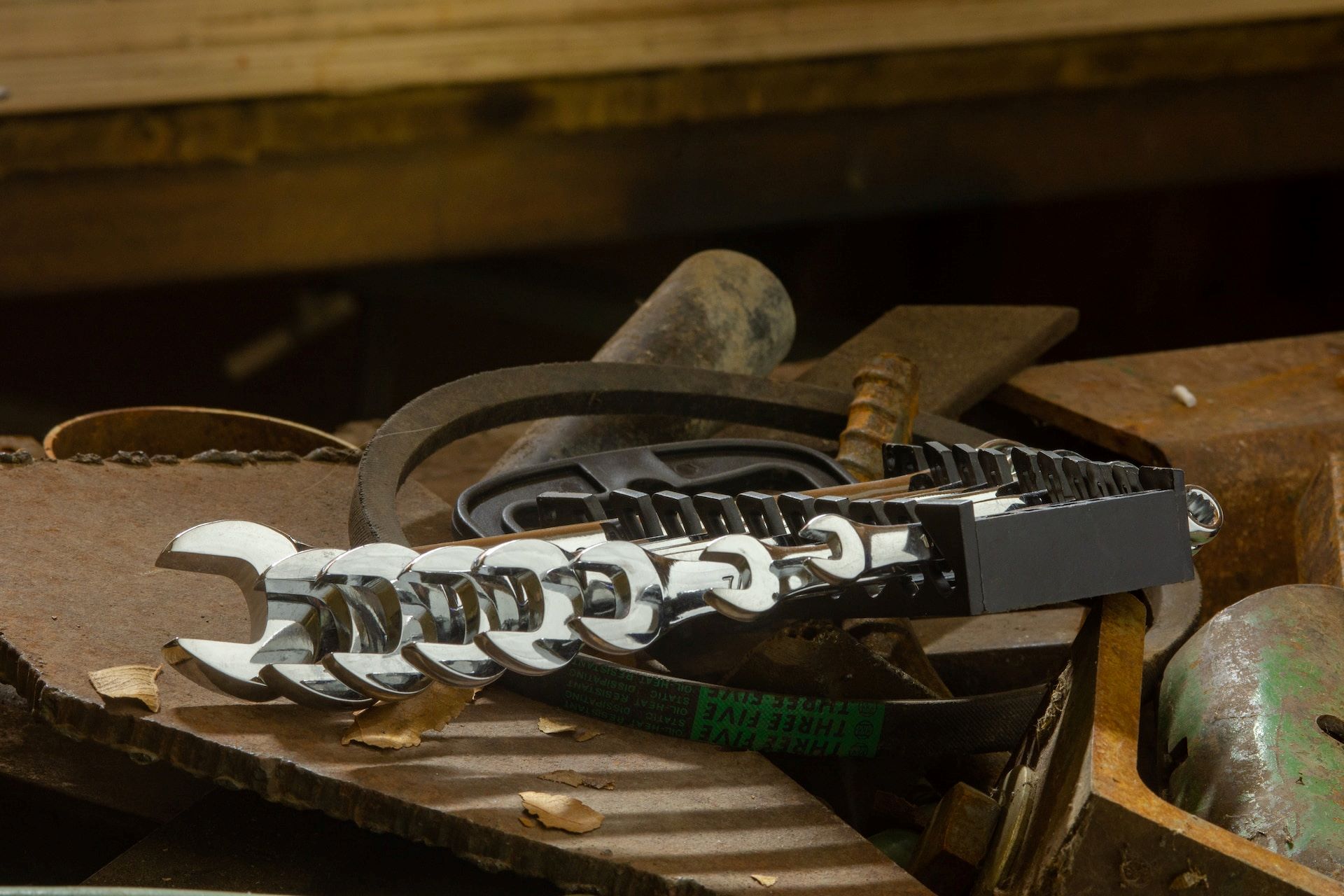
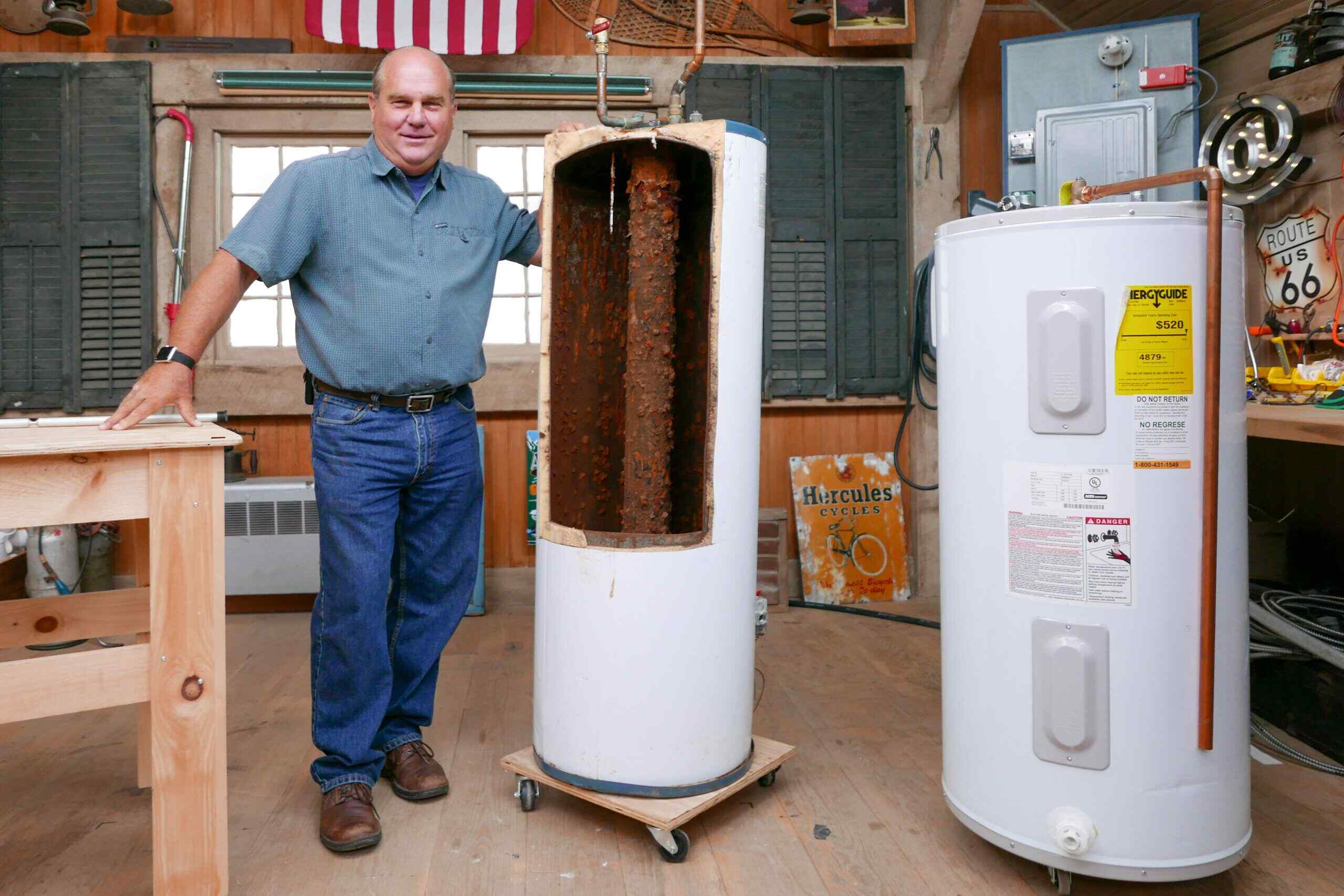
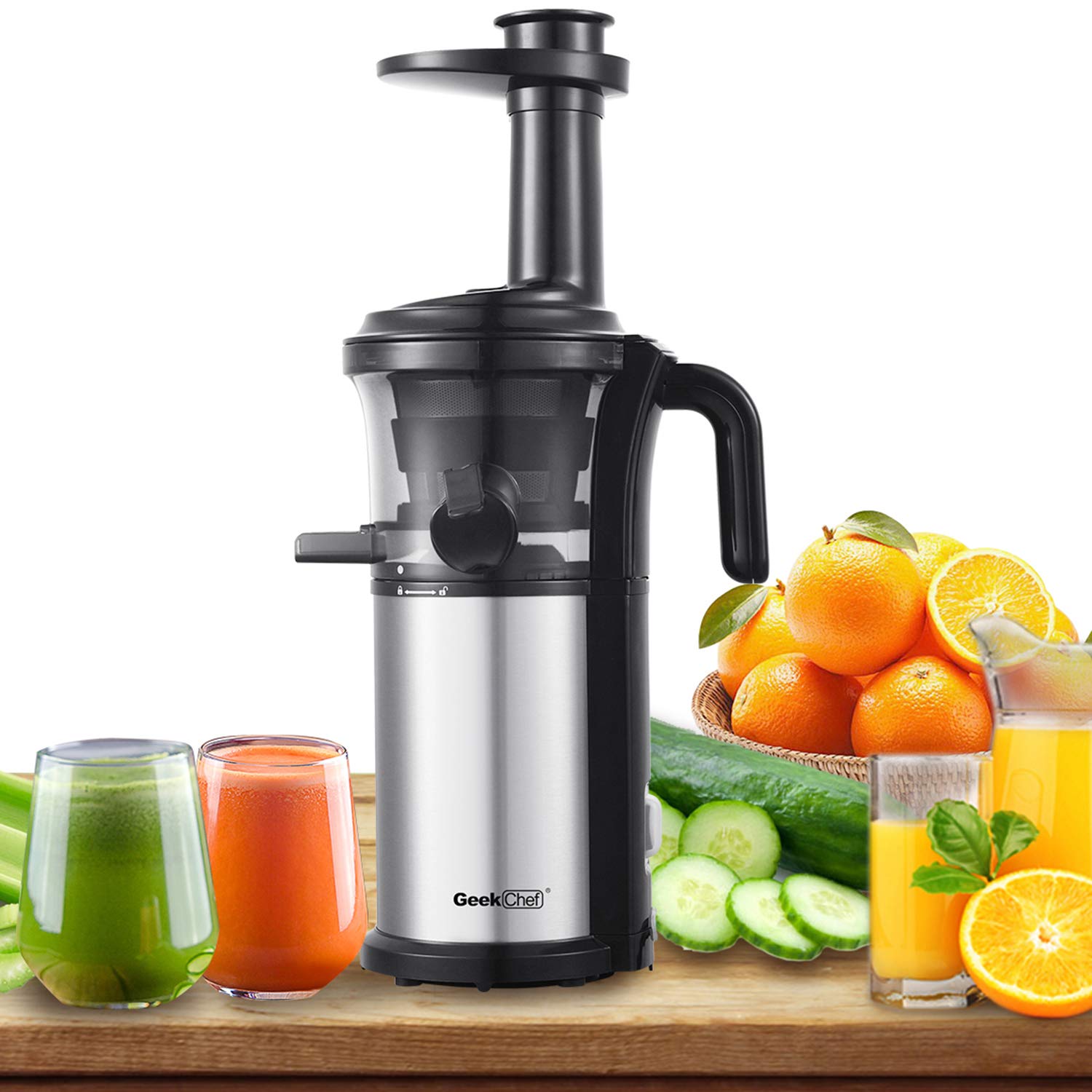
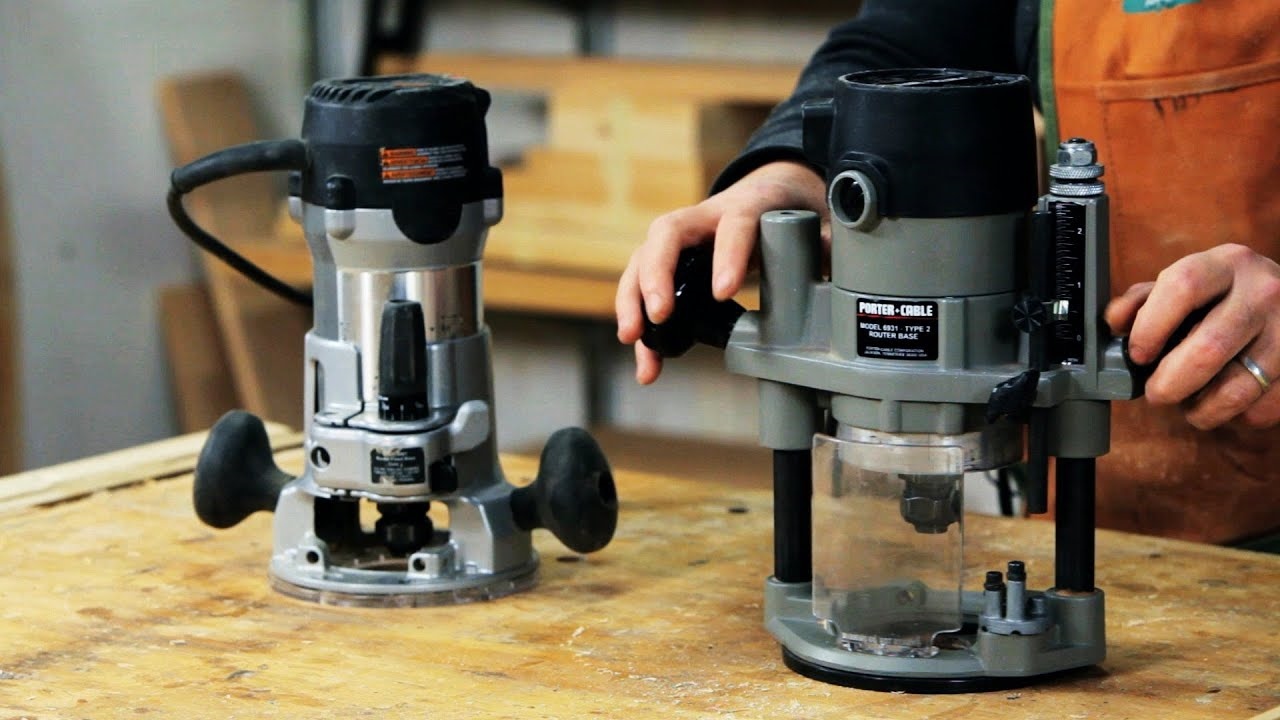
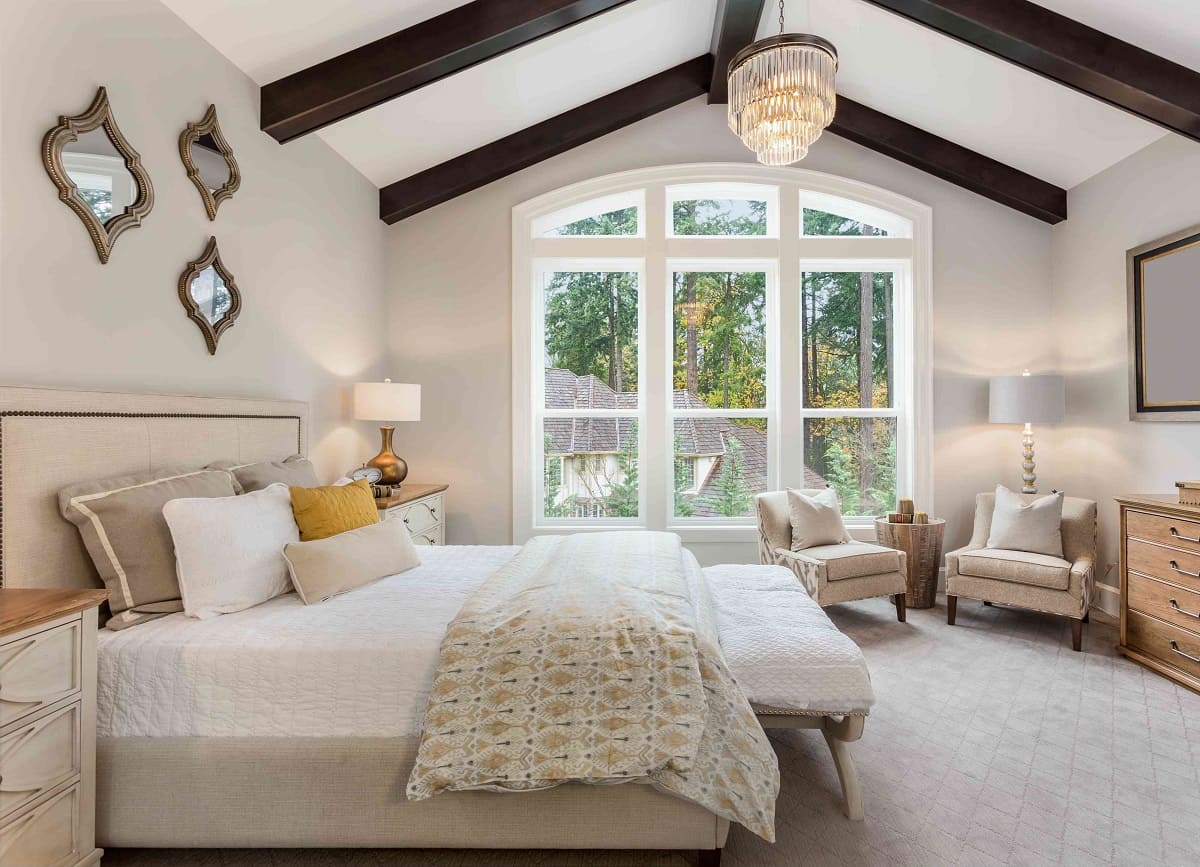
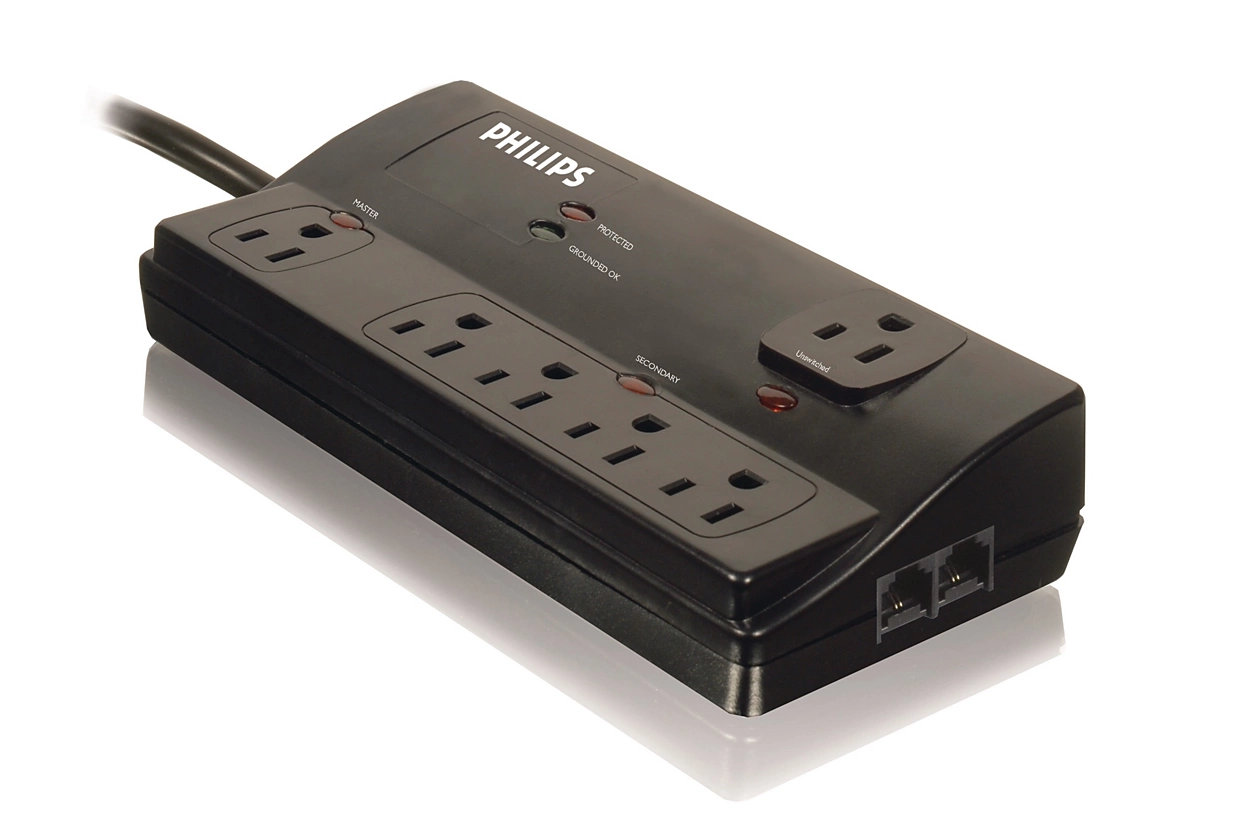

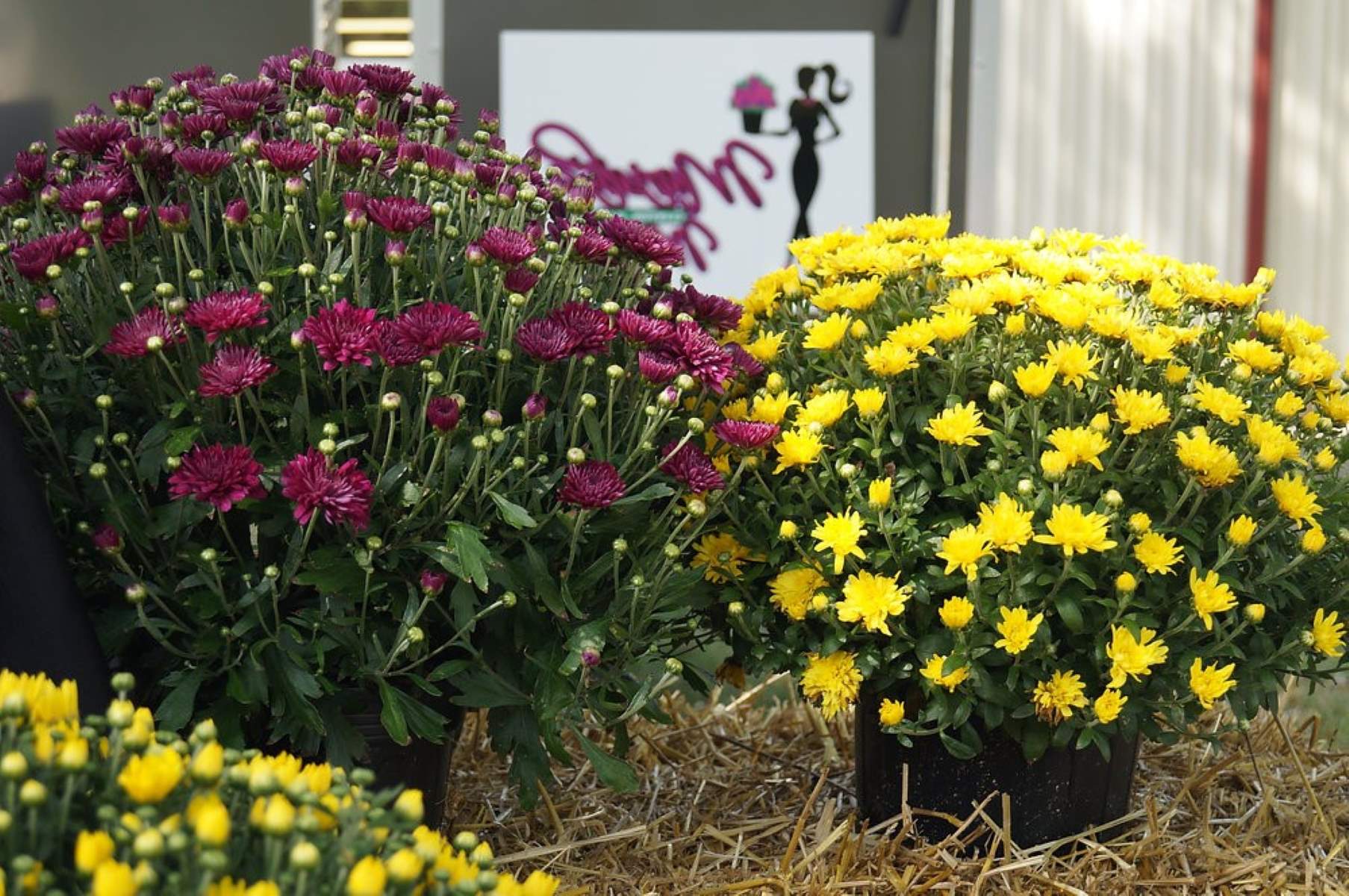
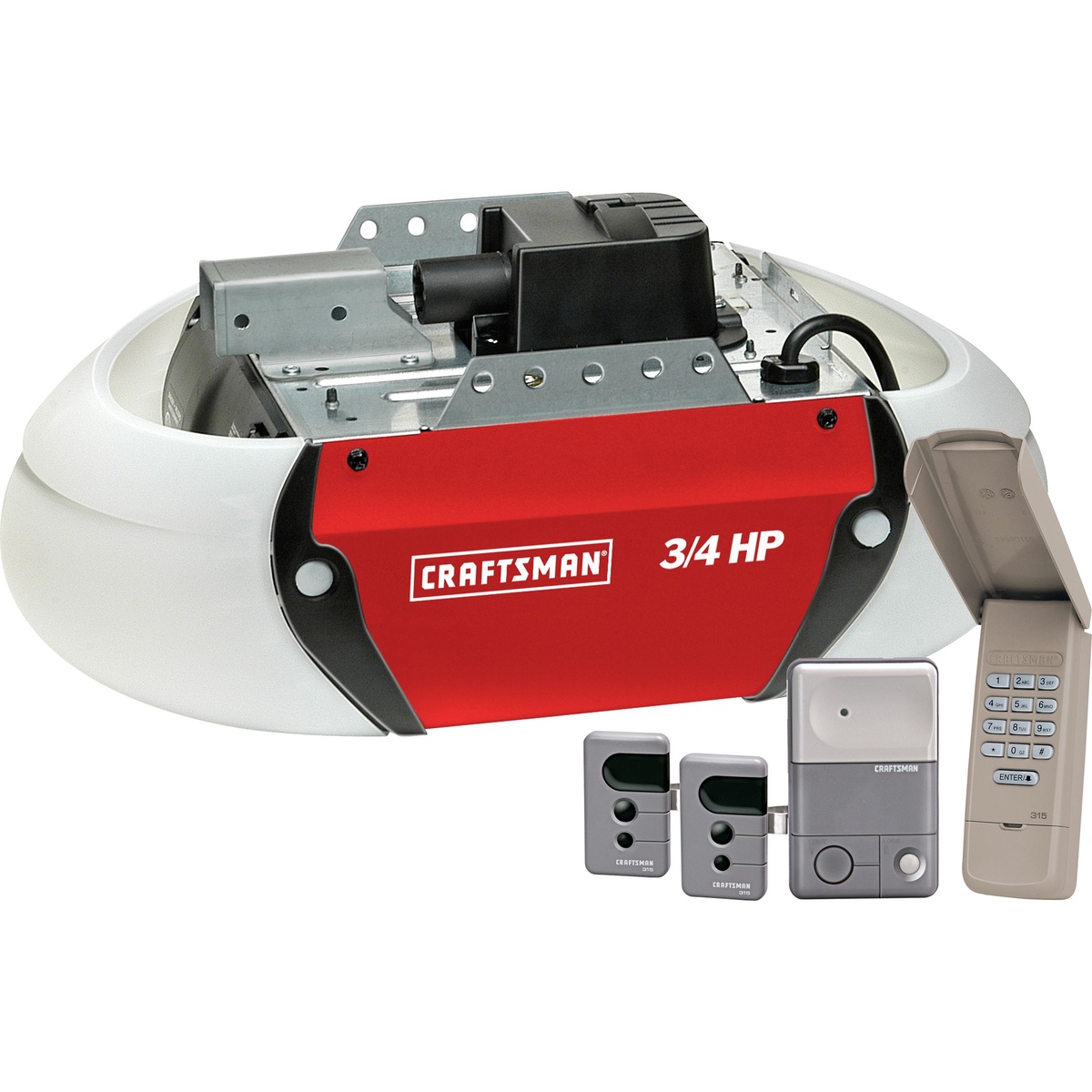

0 thoughts on “What Should I Look For When Buying A Range Oven? 7 Expert Tips”